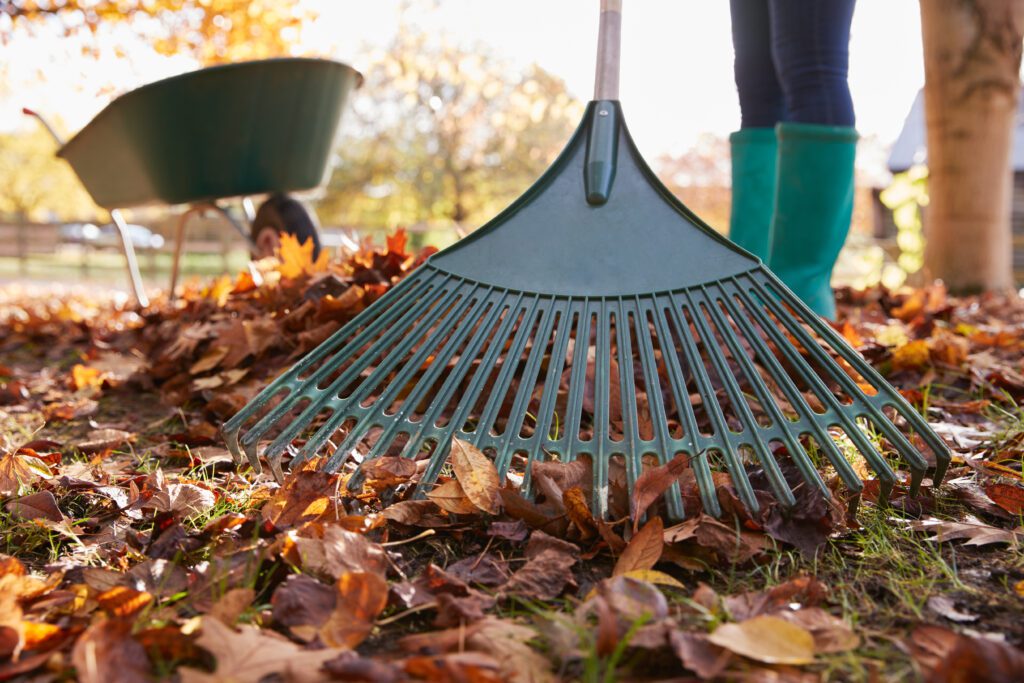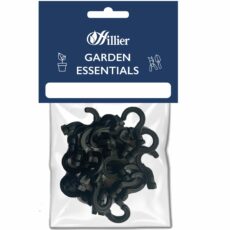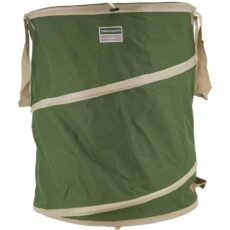For the gardener, the Great Autumn Garden Sort is every bit as fulfilling as the rite of spring cleaning. Any summer damage can be repaired and your garden lovingly prepared for the cold weather around the corner and the promise of spring to follow.
To help you prepare your garden for winter, we have created an ‘Autumn Gardening Checklist’. Simply download and print the link below and enjoy ticking off as you complete your autumn tidy!
Your Autumn Garden Checklist
Maintenance in autumn
- Collecting leaves that have fallen and composting. Leave a few small piles in tucked away spots on the ground as shelter for overwintering wildlife.
- Tidy borders. Remove weeds. Dig up annuals and add to your compost heap.
- Restore your soil. Add a layer of nutrient-rich, well-rotted stable manure. Sowing green manure seeds through autumn will improve the structure of your soil. Use soil conditioners, such as Bloomin Amazing, to help improve your soil’s state.
- Accelerate your compost production. Add a compost maker to speed up the process of producing rich, dark, crumbly compost.
- Safely dispose of garden waste like leaves on the grass. Use a dustbin incinerator for waste items such as paper and wood.
- Bring light back to your greenhouse. Remove any shade put up during summer and clean and disinfect windows inside and out.
- Repair your lawn following its summer use. Scarify to remove thatch from your lawn by using a manual lawn rake or a powered scarifier.
- Aerate your lawn for better movement of air and water. Either ‘spike’ holes 10-15cm apart with a garden fork or, every two to three years, use a hollow tine aerator.
- Flatten bumps in the lawn with an edging spade or iron.
- After raking, aerating and flattening, repair any worn or missing patches of lawn by sprinkling over lawn seed. Lightly rake leaves and any other debris into the surface and walk over it to firm the ground.

Planting in autumn/fall
- Replant tidied borders with winter bedding plants like Pansies and Violas and evergreens to fill gaps. Camellias, Sarcococca, Viburnum and Photinia are all excellent choices to provide winter interest. For neat borders, add a layer of decorative bark and edge with a landscaping product like log rolls.
- Plan and create new beds and borders.
- Lift tender plants, such as Dahlias, Canna, Begonias and citrus and bring indoors to store before any risk of frost. Cut back the stems and pot in trays of dry compost in a cool spot. Give citrus plants a winter feed and light prune to encourage indoor flowering. In milder climates, you may be able to leave them and cover with a thick layer of mulch.
- Autumn is the season for planting spring-flowering bulbs, like Narsissus, Tulips and Alliums.
- Plant trees. September-October is a great time of year for tree planting, enabling them to put on good root growth before the spring.
Pruning in autumn/fall
- Prune perennials. Those with attractive seed heads, such as Sedum and Hydrangea, can be left for birds to enjoy. For the rest, cut collapsed stems at the base with secateurs and remove any dying leaves.
- Divide / split mature perennials. They can be moved to other parts of the garden to invigorate growth the following year.
- Tidy roses. Clear any fallen autumn leaves from around them and prune weak or unwanted growth. Mulch around them with a good quantity of manure and spray with a winter wash to prevent overwintering disease.
- Check fruit trees. Prune unwanted growth and spray with winter wash.
Download and print Your Autumn Garden Checklist








